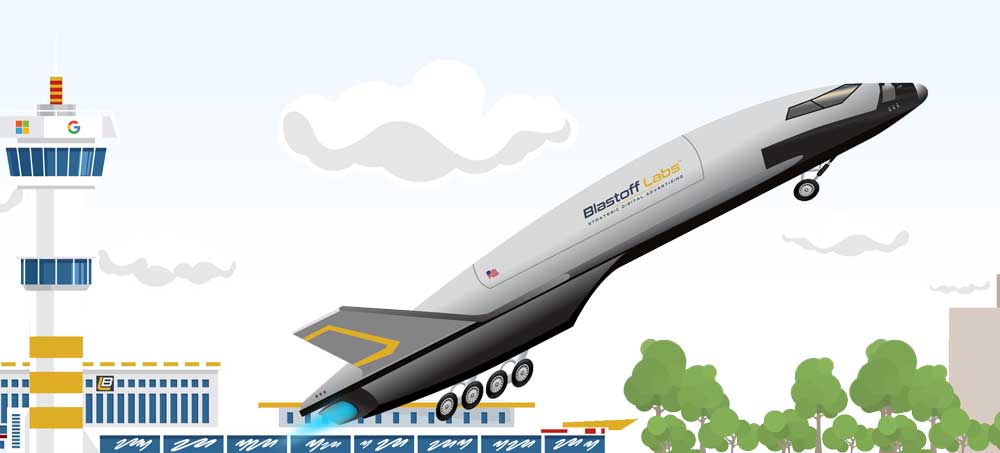
Campaign Launch
After a search campaign launch, most will require a day or two to develop serving momentum. Average-size campaigns usually require a few days to develop consistent serving patterns.
Once a campaign is launched and serving consistently, it’s now continuously generating valuable signals that allow us to optimize performance. Over 1 to 5 weeks we’ll maneuver the campaign into position for a transition to automated bidding.
Search Campaign Post-Launch Optimization
After a search campaign launch, we monitor the campaigns making a series of corrective adjustments across our post-launch checklists, dialing the campaign into the type of serving pattern, or “orbit” we’re looking for.
Immediately after launch, we’re on the lookout for major ad spend wasting issues such as a single keyword or ad group consuming an excessive proportion of the ad spend.
We’ll also focus early on, intensively on monitoring the search queries that pull the campaign into auctions (when they are made available by the platform provider). We use that information to expand both the negative and positive keyword bases while refining match types for keywords. Early on in a campaign’s life cycle, we may discover valuable negative keywords that conserve a good portion of the ad spend. This negative keyword base development process continues for some time. For how long exactly, varies depending upon the keyword base and vertical market.
Before conversions have occurred in sufficient quantities to use for optimization, ad click-thru rates (CTR’s) can serve as coarse proxies for conversions. We discuss this in other articles.
Post-launch, each conversion type is double-checked for functionality and accuracy. Geo-targeting is monitored for any anomalies, CPC’s and Quality Scores are checked for any out of line behavior, and the entire campaign is scanned for any error or warning indicators.
This post-launch optimization phase usually lasts 2 to 6 weeks, for an average scale search ad campaign. Coming out of this phase, the campaign has moved onto some form of automated bidding, and is reaching its highest levels of performance since launch. Once it’s on automated bidding, the campaign is essentially in “unmanned orbit” requiring less manual monitoring and adjustment. It’s a little more complicated than that may sound; we discuss the tradeoffs in other articles.





